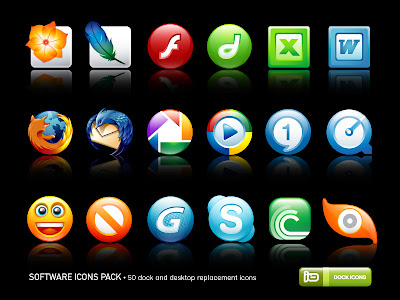software, is any set of machine-readable instructions (most often in the form of a computer program) that directs a computer's processor to perform specific operations. The term is used to contrast with computer hardware, the physical objects (processor and related devices) that carry out the instructions. Hardware and software require each other; neither has any value without the other.
Software sample








